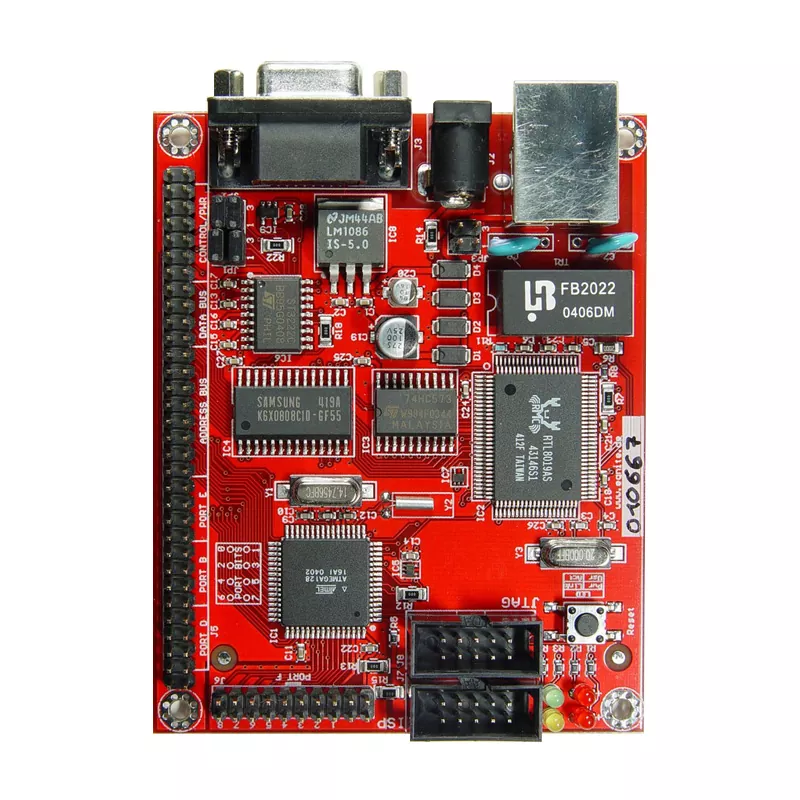- English
- Español
- Português
- русский
- Français
- 日本語
- Deutsch
- tiếng Việt
- Italiano
- Nederlands
- ภาษาไทย
- Polski
- 한국어
- Svenska
- magyar
- Malay
- বাংলা ভাষার
- Dansk
- Suomi
- हिन्दी
- Pilipino
- Türkçe
- Gaeilge
- العربية
- Indonesia
- Norsk
- تمل
- český
- ελληνικά
- український
- Javanese
- فارسی
- தமிழ்
- తెలుగు
- नेपाली
- Burmese
- български
- ລາວ
- Latine
- Қазақша
- Euskal
- Azərbaycan
- Slovenský jazyk
- Македонски
- Lietuvos
- Eesti Keel
- Română
- Slovenski
- मराठी
- Srpski језик
What are the challenges of BGA PCB assembly?
2024-10-04

What are the challenges of BGA PCB assembly?
One of the biggest challenges of BGA PCB assembly is ensuring proper alignment of the components. This is because the solder balls are located on the underside of the component, which makes it difficult to visually inspect the alignment of the component. Additionally, the small size of the solder balls can make it difficult to ensure that all of the balls are properly soldered to the PCB. Another challenge is the potential for thermal issues, as BGA components generate a lot of heat during operation, which can cause issues with the soldering of the component.
How is BGA PCB assembly different from other types of PCB assembly?
BGA PCB assembly is different from other types of PCB assembly in that it involves soldering components that have small solder balls located on the underside of the component. This can make it more difficult to visually inspect the alignment of the component during assembly, and can also result in more challenging soldering requirements due to the small size of the solder balls.
What are some common applications of BGA PCB assembly?
BGA PCB assembly is commonly used in electronic devices that require high levels of processing power, such as gaming consoles, laptops, and smartphones. It is also used in devices that require high levels of reliability, such as aerospace and military applications.
In conclusion, BGA PCB assembly presents unique challenges for manufacturers due to the small size of the solder balls and potential for alignment and thermal issues. However, with proper care and attention to detail, high-quality BGA PCB assemblies can be produced.
Shenzhen Hi Tech Co., Ltd. is a leading provider of BGA PCB assembly services, with a commitment to providing high-quality, reliable electronic manufacturing services at competitive prices. For more information, please visit https://www.hitech-pcba.com or contact us at Dan.s@rxpcba.com.
10 Scientific Papers for Further Reading:
1. Harrison, J. M., et al. (2015). "Reliability implications of emerging electronics manufacturing processes." IEEE Transactions on Device and Materials Reliability, 15(1), 146-151.
2. Wong, K. T., et al. (2017). "Thermal effect on assembly yield of 0402 passive components on mixed technology printed circuit board assembly." IEEE Access, 5, 9613-9620.
3. Han, J., et al. (2016). "Optimization of multi-layer printed circuit board assembly using hybrid genetic algorithm." International Journal of Advanced Manufacturing Technology, 84(1-4), 543-556.
4. Xu, X., et al. (2016). "Microelectronic assembly and packaging in China: An overview." IEEE Transactions on Components, Packaging and Manufacturing Technology, 6(1), 2-10.
5. Sun, Y., et al. (2018). "Novel non-destructive inspection method for evaluating the fatigue life of BGA solder joints." IEEE Transactions on Components, Packaging and Manufacturing Technology, 8(6), 911-917.
6. Li, Y., et al. (2017). "Evaluation of printed circuit board lead-free solder joint reliability under thermal cycling and bending loading." Journal of Materials Science: Materials in Electronics, 28(14), 10314-10323.
7. Park, J. H., et al. (2018). "Optimization of ball grid array underfill process for enhancing thermo-mechanical reliability." Journal of Mechanical Science and Technology, 32(1), 1-8.
8. Sadeghzadeh, S. A. (2015). "Interface delamination in microelectronic package and its mitigation: a review." Journal of Electronic Packaging, 137(1), 010801.
9. Ho, S. W., et al. (2016). "The impact of printed circuit board pad finish and surface finish on solderability." Journal of Electronic Materials, 45(5), 2314-2323.
10. Huang, C. Y., et al. (2015). "Effects of different manufacturing defects on the reliability of ball grid array packages." Microelectronics Reliability, 55(12), 2822-2831.



